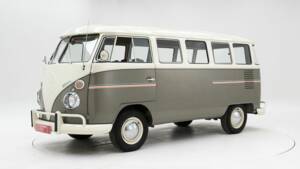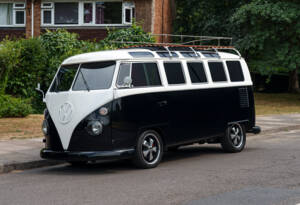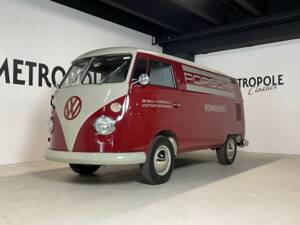- Car
- Volkswagen
- Volkswagen Transporter
- Volkswagen Typ 2 T1 (30 offers)
Search results

1966 | Volkswagen T1 Samba
Samba Bus 21 Window German Manufactured

1975 | Volkswagen T1 Brasil
1975 Volkswagen T1 '75
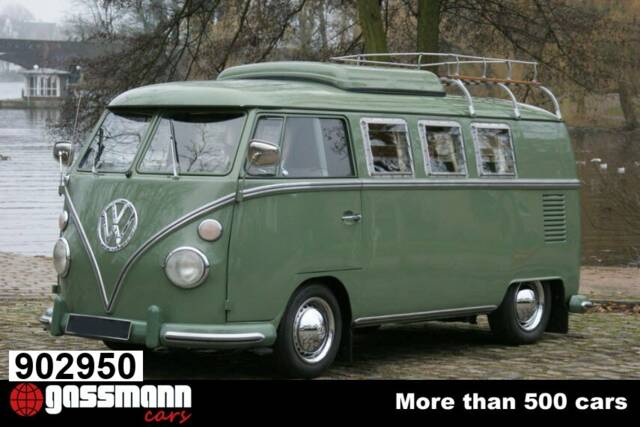
1967 | Volkswagen T1 camper
T1 Westfalia Camper Bus - Typ 2
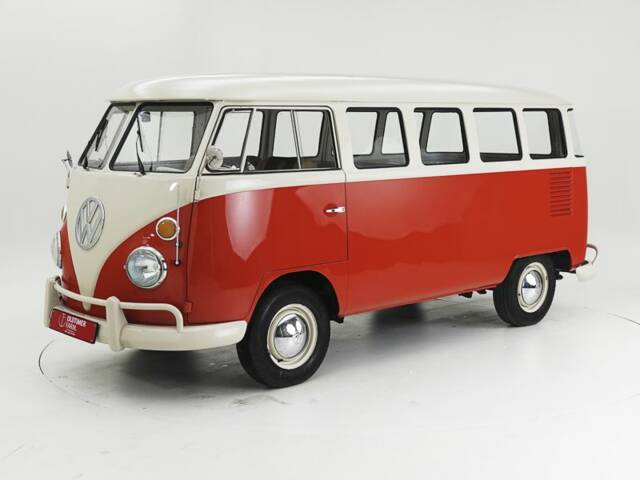
1974 | Volkswagen T1 Brasil
1974 Volkswagen T1 Minibus '74
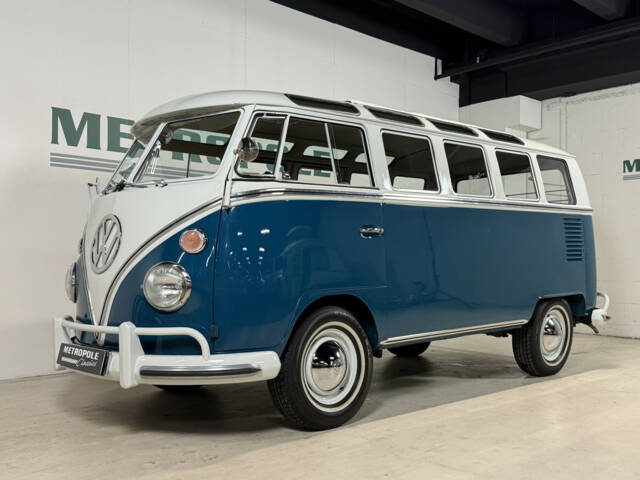
1967 | Volkswagen T1 Samba
Volkswagen T 24 Samba M0935

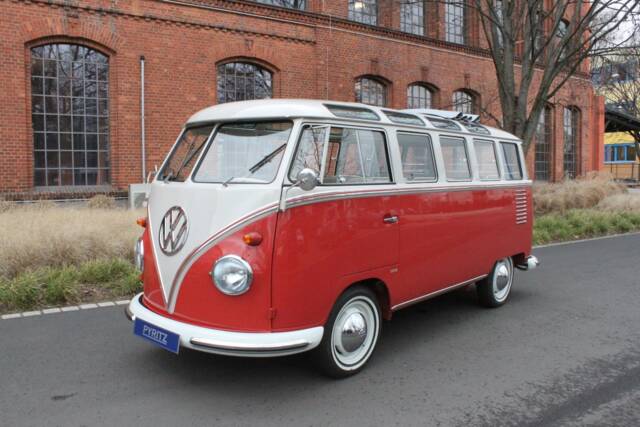
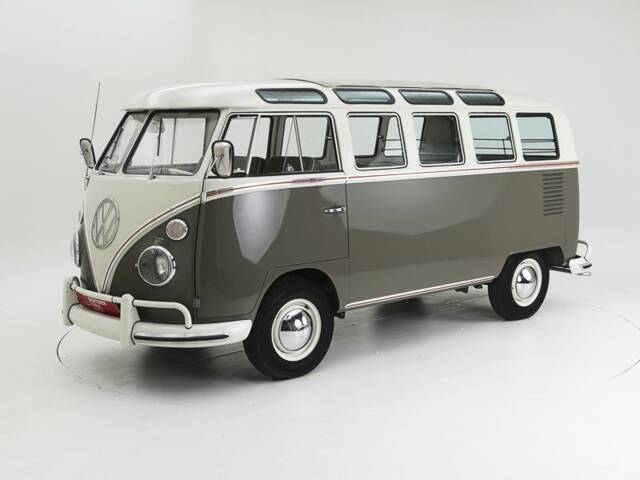
1964 | Volkswagen T1 Samba 1.2
1964 Volkswagen T1 Samba 21 Windows '64
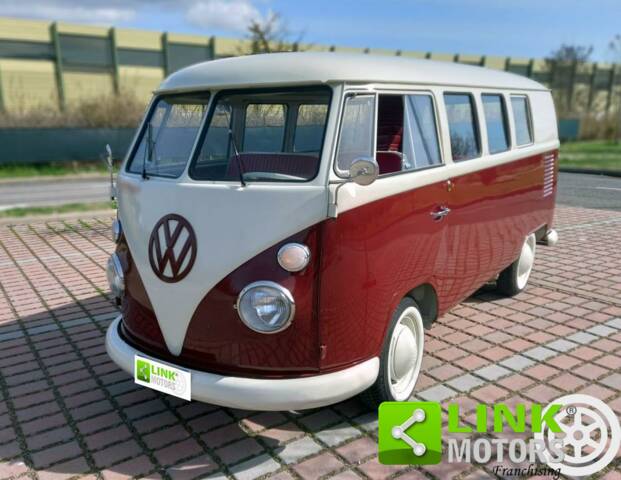
1964 | Volkswagen T1 minibus
VOLKSWAGEN T1 (231 KOMBI), restauro completo, origine Germania
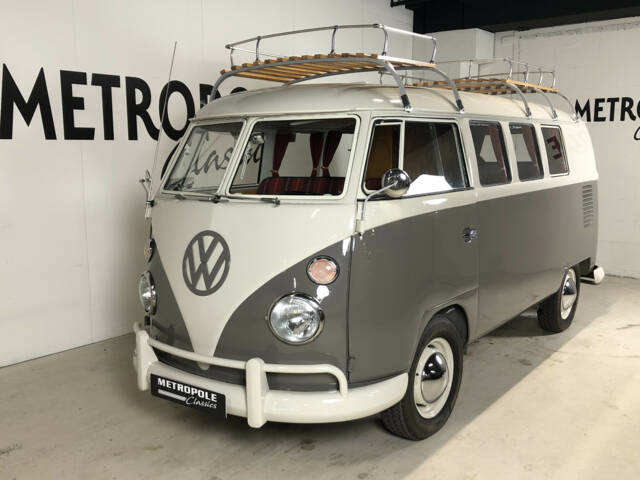
1963 | Volkswagen T1 camper
Volkswagen T1 Camper 23-33 M0856
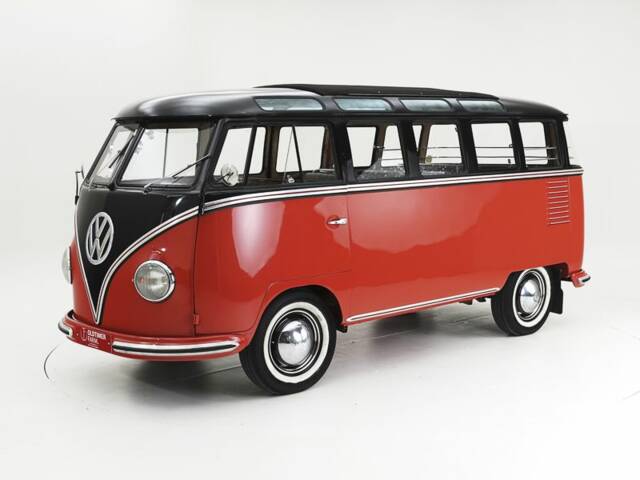
1956 | Volkswagen T1 Samba 1.2
1956 Volkswagen T1 Samba 23 Windows '56

1967 | Volkswagen T1 panel van
Volkswagen T1 Kastenwagen M0656
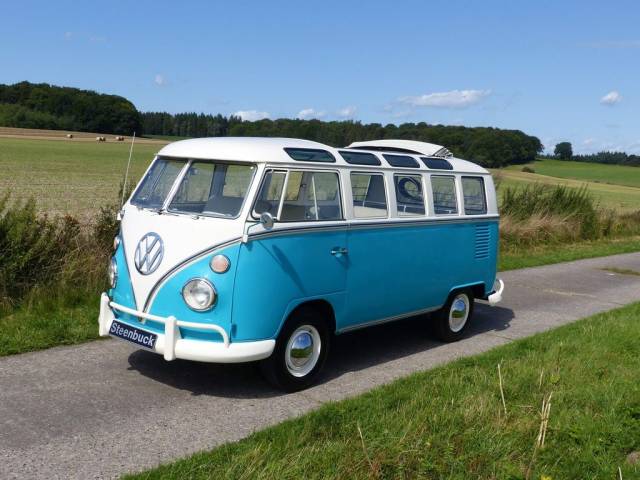
1964 | Volkswagen T1 Samba
Microbus Deluxe in fancy colouring – very stylish

1963 | Volkswagen T1 Samba
It has been fitted with a brand new 1600 updated engine
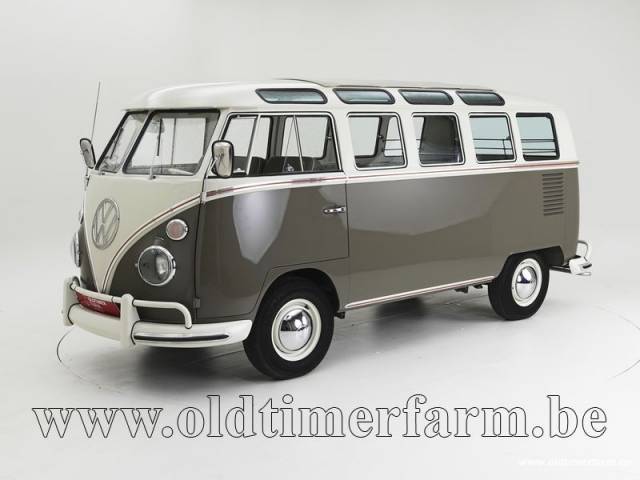
1964 | Volkswagen T1 Samba
1964 Volkswagen T1 Samba 21 Windows '64
FAQs about Volkswagen Transporter Type 2 T1 Classic Cars
Why are Volkswagen Transporter Type 2 T1 classics so popular?
The VW Type 2 T1 classic, also known as the "Bulli," is an iconic vehicle. Its popularity stems from its strong associations with the hippie movement and its versatility as a recreational vehicle. Versions like the Samba Bus and Westfalia Camper have made it a symbol of freedom and adventure since the 1960s.
How can I find spare parts for a Volkswagen Transporter Type 2 T1 vintage model?
You can find spare parts for the Volkswagen Transporter Type 2 T1 vintage model from specialized dealers and classic car forums. However, acquiring specific parts, like original body panels or rare engine components, can be challenging and requires patience and research.
What should you consider when buying a Volkswagen Transporter Type 2 T1 classic car?
When purchasing a Type 2 T1 classic car, pay close attention to the overall condition of the vehicle, particularly looking for rust spots and the state of the bodywork, as these vehicles were often heavily used. The extent of restoration is also crucial; a vehicle restored as closely as possible to its original condition has a higher collector's value.

